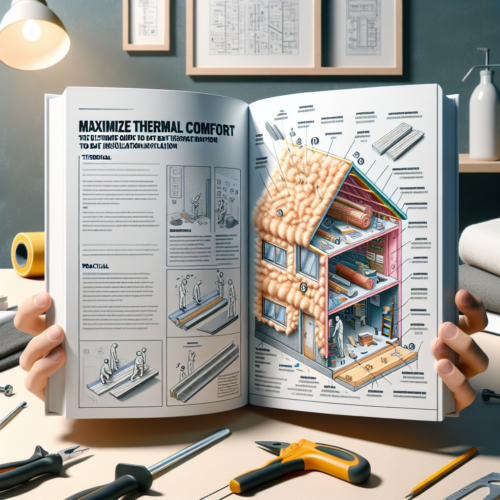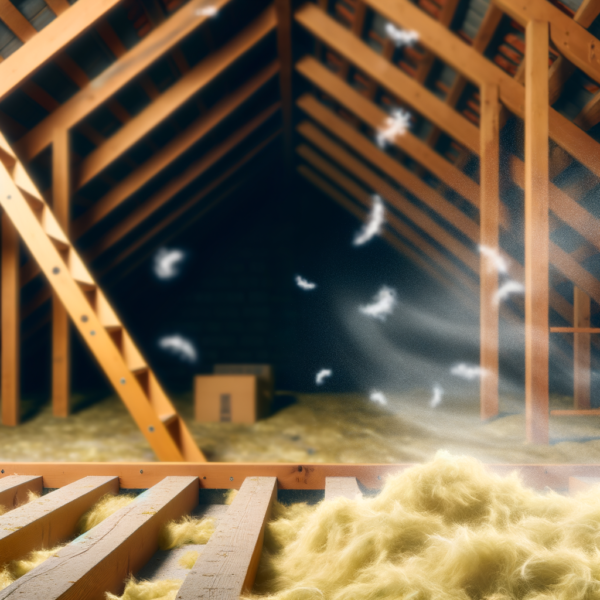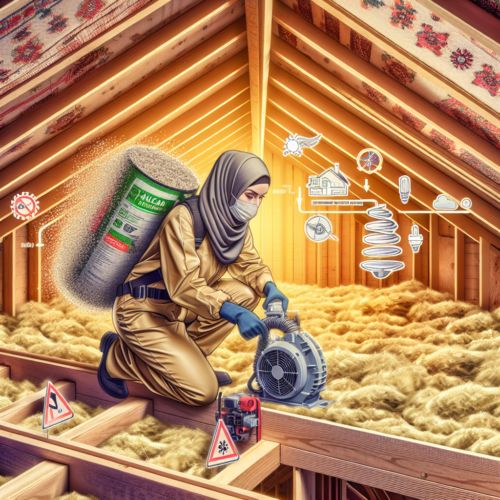Transform Your Home with Blown House Insulation: The Ultimate Attic Upgrade
Introduction
Blown-in attic insulation has emerged as one of the most effective and versatile methods to upgrade your home’s comfort, energy efficiency, and environmental footprint. By filling gaps, cracks, and hard-to-reach spaces with loose-fill materials such as fiberglass, cellulose, or mineral wool, blown insulation creates a seamless thermal barrier in your attic. Whether you’re battling icy drafts in winter or overheating in summer, this upgrade can revolutionize your indoor climate while reducing your utility bills.
H2: Benefits of Blown-In Attic Insulation for Your Home
Energy Savings and Reduced Utility Bills
Attics are notorious energy-leak hot spots. Without adequate insulation, heated air escapes upward in winter and cool air rises out in summer. Blown-in attic insulation seals these escape routes, forcing your HVAC system to work less and deliver consistent comfort. Homeowners often see energy cost reductions of 10–30%, a quick return on investment that keeps paying off year after year.
Enhanced Comfort and Temperature Consistency
Uneven temperatures, cold spots, and fluctuating indoor climates vanish once your attic is fully insulated. Blown insulation fills every nook and cranny—around wiring, pipes, or irregular rafters—creating a uniform barrier that locks in desired temperatures. Say goodbye to chilly floors near attic-facing rooms or overheated upstairs bedrooms.
Noise Reduction and Soundproofing
Beyond thermal benefits, blown-in attic insulation doubles as an effective sound barrier. The dense, fibrous material absorbs airborne noise from traffic, neighbors, or outdoor activities. This translates into a quieter, more peaceful living environment—ideal for light sleepers, home offices, or media rooms.
Improved Indoor Air Quality
By sealing attic gaps, blown insulation minimizes infiltration of dust, pollen, and exterior allergens. It also helps prevent moisture intrusion that can lead to mold or mildew. Families with allergy sufferers or respiratory sensitivities will breathe easier knowing their home’s envelope is tighter and cleaner.
Environmental and Sustainability Advantages
Many blown-in insulation materials incorporate recycled content—cellulose often uses up to 85% recycled newspaper, while fiberglass can contain reclaimed glass. Lower energy consumption further shrinks your carbon footprint. Choosing blown-in attic insulation supports sustainable building practices and responsible material reuse.
H2: The Process of Blowing Insulation into Your Attic
Preparation and Safety Measures
• Clear out attic debris, old insulation remnants, and stored items.
• Seal any rotting wood, gaps around roof vents, or utility penetrations with caulk or spray foam.
• Ensure proper attic ventilation and fresh air pathways for dryer vents or soffit inlets.
• Don protective gear: N95 mask, goggles, gloves, and coveralls to guard against irritation.
Equipment and Material Selection
Contractors or rental centers supply specialized insulation blowers. Choose your material—loose-fill fiberglass, cellulose, or mineral wool—based on budget, R-value needs, and moisture or pest concerns. Consult local climate recommendations for optimal R-values (often R-38 to R-60).
Installation Steps
1. Position the blower near the attic access point and feed the hose into the attic.
2. Calibrate machine airflow and density settings per manufacturer instructions.
3. Begin at the farthest corner and work back toward the entrance, maintaining consistent insulation depth.
4. Use a ruler or depth marker on sticks spaced across the attic to verify uniform coverage.
5. Avoid blocking soffit vents or joist spaces that house wiring or plumbing.
Cleanup and Inspection
Once satisfied with the insulation depth, turn off the blower and withdraw the hose carefully. Reinstall any hatch insulation or cover plates, and sweep up stray materials. Conduct a final attic inspection to ensure vents remain clear and insulation fully blankets the attic floor.
H2: Factors to Consider When Choosing Blown-In Attic Insulation for Your House
Insulation Type and R-Value Requirements
• Fiberglass: Economical, moisture-resistant, non-food source for pests; requires careful overlap.
• Cellulose: High recycled content, excellent air-sealing, effective fire-retardant treatment; may settle over time.
• Mineral Wool: Superior sound attenuation, fire resistance, moisture stability; higher cost.
Attic Configuration and Accessibility
Tight corners or obstructed zones favor cellulose or fiberglass loose-fill that adapts to shapes. If your attic has little clearance, dense-pack cellulose can achieve high R-values in thinner cavities.
Pest and Moisture Resistance
Cellulose can attract rodents if untreated; fiberglass and mineral wool resist pest infestation. In humid climates, choose materials with proven mold and moisture performance.
Professional vs. DIY Installation
While DIY rental machines offer cost savings, professional installers bring expertise to avoid gaps, overblown areas, or vent blockage. A professional also handles removal of old insulation and recommends additional air-sealing measures.
Budget and Long-Term Value
Consider upfront material and labor costs alongside projected energy savings and durability. Investing slightly more in a higher-R insulation now often pays dividends through lower heating and cooling expenses and fewer maintenance concerns.
Conclusion
Blown-in attic insulation delivers a powerful combination of energy efficiency, comfort, and environmental responsibility. From sealing hidden gaps to dampening unwanted noise and improving air quality, this attic upgrade yields immediate and lasting benefits. Whether you choose fiberglass, cellulose, or mineral wool, proper installation ensures your home’s thermal envelope performs at its best. Transform your home with blown-in attic insulation and enjoy a cozier, quieter, and more cost-efficient living space today.












